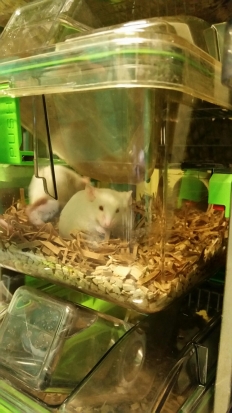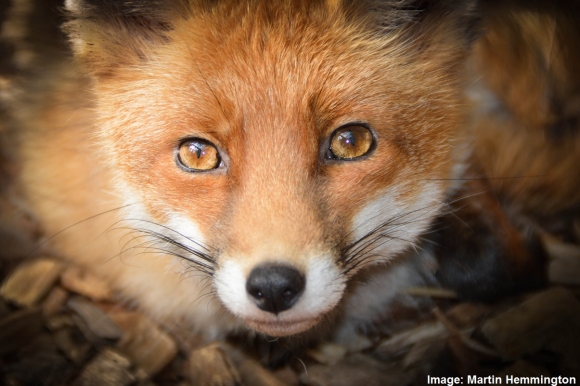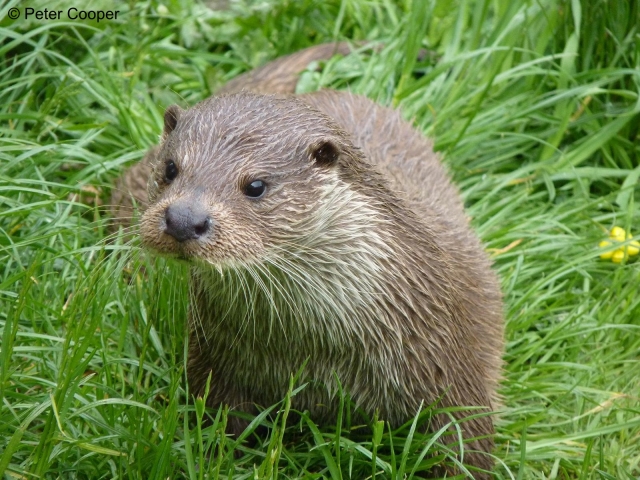By Diane Fresquez, an American food science journalist living in Brussels, and the author of ‘A Taste of Molecules: In Search of the Secrets of Flavour’.
Diane will be chairing the RSB’s event, Come Dine with the Future, in Cardiff on Wednesday 30th November.
From food waste to expanding waistlines, we are experiencing a global food crisis that is too complicated and far-gone for us to ever change. Or is it? Here are some of the facts from the UN:
- 1.3 billion tonnes of food is wasted every year while almost 1 billion people go undernourished and another 1 billion hungry.
- Overconsumption of food is detrimental to our health and the environment.
- Two billion people globally are overweight or obese.
- Land degradation, declining soil fertility, unsustainable water use, overfishing and marine environment degradation are all lessening the ability of the natural resource base to supply food.
- The food sector accounts for around 30 per cent of the world’s total energy consumption and accounts for around 22 per cent of total greenhouse gas emissions.

The Hansalim food cooperative, South Korea
Although the situation looks grim, one way to tackle the problem is through food sharing: an emergent, expanding global movement that can conserve resources, cut waste, improve nutrition and strengthen communities. But what exactly is food sharing, and where is it happening?
Share City Ireland is a European Research Council-funded project that is assessing the practice and sustainability potential of city-based food sharing economies. The sheer depth and breadth of food sharing around the globe is astonishing, and includes the sharing of everything from food products and meals, to plants and seeds, knowledge and skills, compost and land, kitchen devices and kitchen space. Read more


 Year seven pupils at DH Christie Memorial Primary School have been learning about the Victorian diet and how nutrition varied between the rich and the poor. To celebrate
Year seven pupils at DH Christie Memorial Primary School have been learning about the Victorian diet and how nutrition varied between the rich and the poor. To celebrate  Our guide was Stephen Woodley, site manager for the
Our guide was Stephen Woodley, site manager for the  A master of adaptability, survivor against the odds, and an animal that divides opinion across the UK: the red fox has now taken over from the gray wolf as being the most widely distributed terrestrial mammal. It can survive and thrive in both town and country and has become a familiar sight for many.
A master of adaptability, survivor against the odds, and an animal that divides opinion across the UK: the red fox has now taken over from the gray wolf as being the most widely distributed terrestrial mammal. It can survive and thrive in both town and country and has become a familiar sight for many.

 There can be no denying that the water vole, although physically fairly small, has the biggest ‘cute’ factor of all our UK mammals. At first glance they may be confused with the brown rat, but once you look more closely it is impossible not to be won over by the water vole’s appealing face and overly large feet! A distinctive resident of our river banks for hundreds of years, the water vole has been immortalised as ‘Ratty’ from the Wind in the Willows.
There can be no denying that the water vole, although physically fairly small, has the biggest ‘cute’ factor of all our UK mammals. At first glance they may be confused with the brown rat, but once you look more closely it is impossible not to be won over by the water vole’s appealing face and overly large feet! A distinctive resident of our river banks for hundreds of years, the water vole has been immortalised as ‘Ratty’ from the Wind in the Willows.
 Scottish wildcats are now critically endangered. Once a common sight throughout Britain, hunting, habitat loss and, more recently, introgressive hybridisation means there are now less than 300 left in the wild. The biggest threat is mating with our domestic cats, particularly feral cats living in the wild.
Scottish wildcats are now critically endangered. Once a common sight throughout Britain, hunting, habitat loss and, more recently, introgressive hybridisation means there are now less than 300 left in the wild. The biggest threat is mating with our domestic cats, particularly feral cats living in the wild. Bats are some of our most difficult animals to study, often being glimpsed only for a second in the failing light at dusk. Like hundreds of other volunteers, I spend a lot of my spare time
Bats are some of our most difficult animals to study, often being glimpsed only for a second in the failing light at dusk. Like hundreds of other volunteers, I spend a lot of my spare time